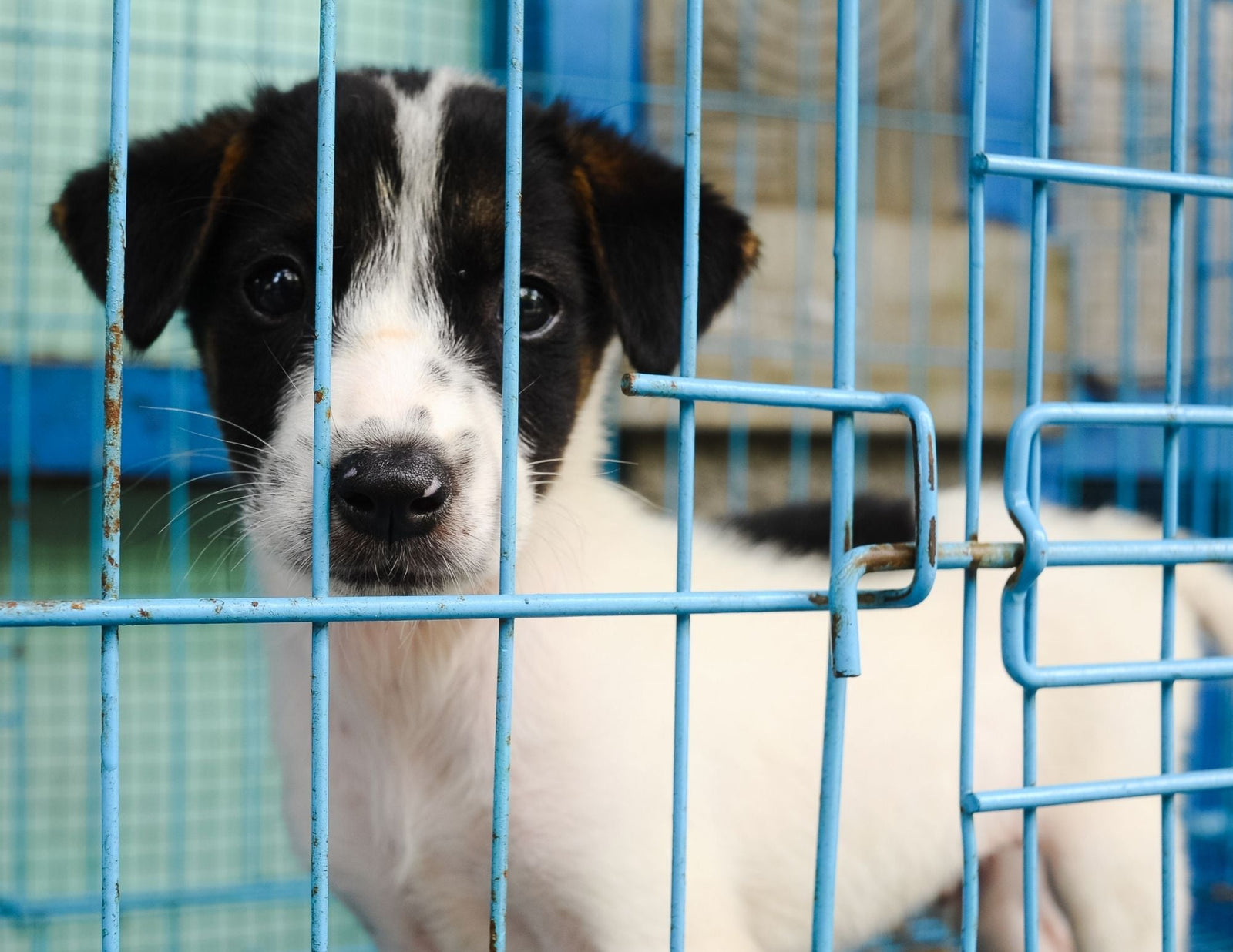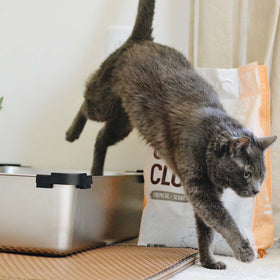
It Hurts to Be Alone: Why Crating Is Not The Answer
Separation related disorders are one of the top reasons caregivers seek out professional help. There’s no quick fix, and often, crate training is recommended as a way to deal with the problem, mostly to prevent damage or destruction in the home. Crating remains a common practice for many new dog guardians, with few of us ever questioning why we would confine our infant dogs.
Crating or confinement is never going to fix separation-related issues because it doesn’t address the underlying cause. Dogs are social creatures; they want to be close to others, and for many domesticated dogs, that means their human. Meeting a puppy’s need for social contact 24/7 in that early developmental period is key to creating a secure attachment, helping them to feel safe, and in time, be well equipped to cope when eventually left alone.
Puppies born into feral/street dog families, typically remain with their natal group for a year or more. A 1998 study showed that only 50% of dogs ever left their group, and of those 50%, the average age for dispersal was 13 months. In these younger months they’re always near their mother and siblings, or a trusted caregiver from within the group. Now think about our domesticated dogs where the average age for puppies to be separated from their mother and siblings is 8-10 weeks old, but often as early as 4-5 weeks.
Early separation impacts a dog’s behaviour, welfare, and emotional well-being. Research has shown that early removal from their pack increases the chances of later exhibiting problem behaviours in comparison to those who stayed together longer. If we consider the effect of early separation and the fact that many pups arrive at their new home only to be confined alone in a crate, we start to understand where we may be creating problems instead of preventing them.
Periods of isolation at a young age initiate fear pathways in the brain, and the resulting stress chemicals activate the amygdala, a section of the midbrain known as the “threat centre.” Stress due to fear, frustration, and social pain can result in the expression of “problem” behaviours, including barking, whining, scratching, or chewing things or themselves.
Social pain is a type of emotional pain experienced by an animal during times of rejection or isolation from a social group. Research by Franklin D. McMillan discovered brain pathways activated during the experience of social pain are the same as those activated when experiencing physical pain. It actually hurts to be alone.
Since puppies are unable to regulate their nervous system, they’re fully dependent on caregivers to meet their emotional needs. Their sense of safety and security comes from social contact, having someone there to reassure them in times of uncertainty. Dysregulated nervous systems at this stage in life lead to adults that don’t feel safe or secure, that lack confidence and good coping skills.
A developing brain experiencing regular, daily stress will experience difficulty sleeping, regulating emotions, coping with stressors, and learning and forming memories. Stress impacts every area of their lives: physical, mental, and emotional.
What We Can Do To Help
Meeting their needs as soon as we bring them home is vital.
- Make sure they’re not confined or left alone
- Have reliable, familiar carers that can help out in those early months
- Give opportunities for social sleeping
- Encourage independent activity
- Allow regular social contact with familiar dogs
- Provide appropriate and adequate daily physical and mental activity









